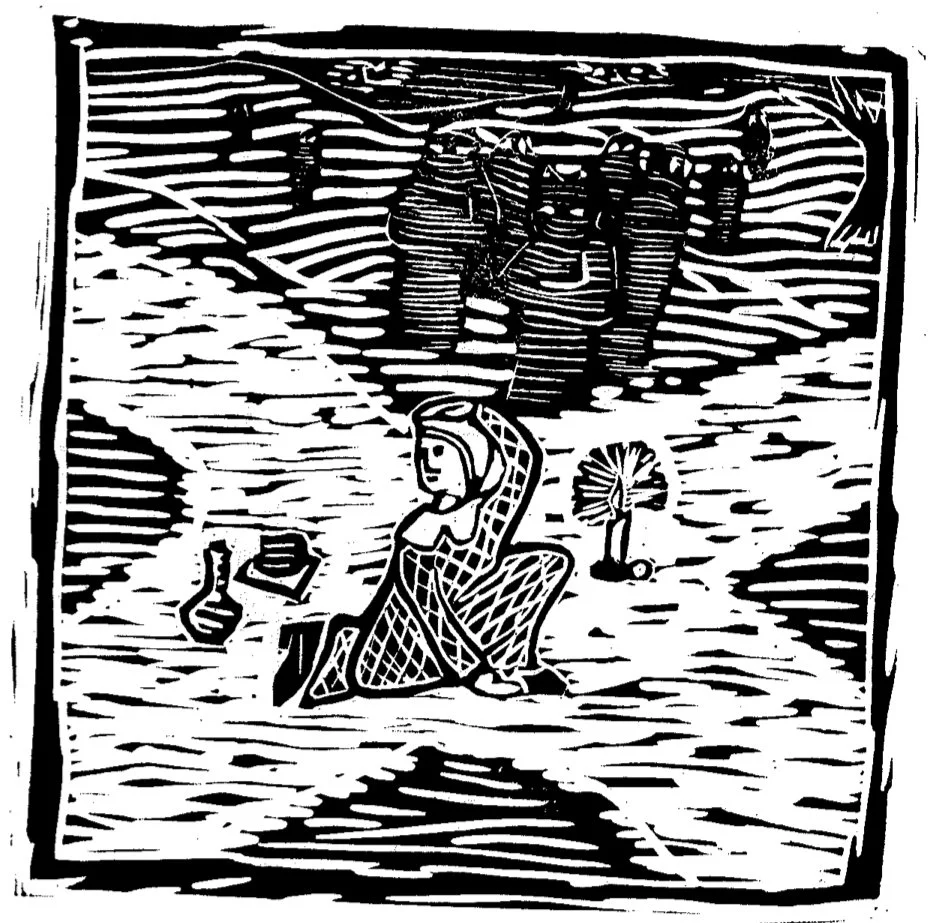Do you find yourself with something biting the back of your heel? Are there ill wishes in the air? Perhaps there is a spirit following you that seems unhelpful? Or maybe you would like to start pursuing a blessings-full relationship with the Good Folk? Whether you have a problem or want to find a new pathway open, or simply clear whatever is standing between yourself and your truest destiny we were never meant to do this work alone. Folk Doctoring, as I practice it, is a mixture of things, including Faerie Doctoring. It honours Place or Country it acknowledges that none of us gets sick alone, all of us are part of wild collectives of beings, many who will step forward to help, or oppose you on that path. Some problems require a whole team, medical doctors, phycologists, ancestors, and folk doctors. Cunning practices of all sorts and an open relationship with the Kind Neighbours are what I bring to the table. If you would like to see me here is a link where you can book me, either in person, or from a distance.
See The Folk Doctor
Recently I’ve been running workshops with my working partner and Maiden Rebecca Rose on sacred sexuality in Traditional Witchcraft. They have been so popular that we’ve decided to open a doorway into The Rose Queen’s mysteries, not one that violates any oaths we’ve made, or any understandings of what should not be shared, one that hints, and seduces, and tempts people to taste the Witch Queen’s fruits. This work is open to all gender expressions, all sexualities, all people, all Others - to be honest. There will be sorcerously charged erotic fiction, coupled with short explanations why it was written in the first place, there will be essays, and audio, and all manner of things. Rebecca and I are passionate about the idea that shame and inability to speak clearly about sex are stealing joy and the path to well-adjusted psyches from so many people. Please keep your eye out on The Rose Queen’s Bower for information about in person workshops and smaller training groups.
After my books A Deed Without a Name , which launched my writing career, followed by Standing and Not Falling, and my ‘faerie book’ Sounds of Infinity I ‘ve had a lot of people reach out to me to connect threads. Some would like to make an intimate connection with The Anderean Witch House., others would like to ask a question or learn in a looser way. Here you are invited to join me on this winding, rutted, rocky old path to the witchery of old. I will admit I can't always predict what you will find down here. There will be research, writings of all sorts, snippets and side alleys into the Art. This window now opens on Story, mingled with fact, as the Good Folk tend to let you get away with a lot when you frame it as Story.... You will find audio of me, and occasional images of my head talking to you directly. Be not afraid though, join me at my fireside in the woods as things get wyrder.
artwork by Brett Morgan


